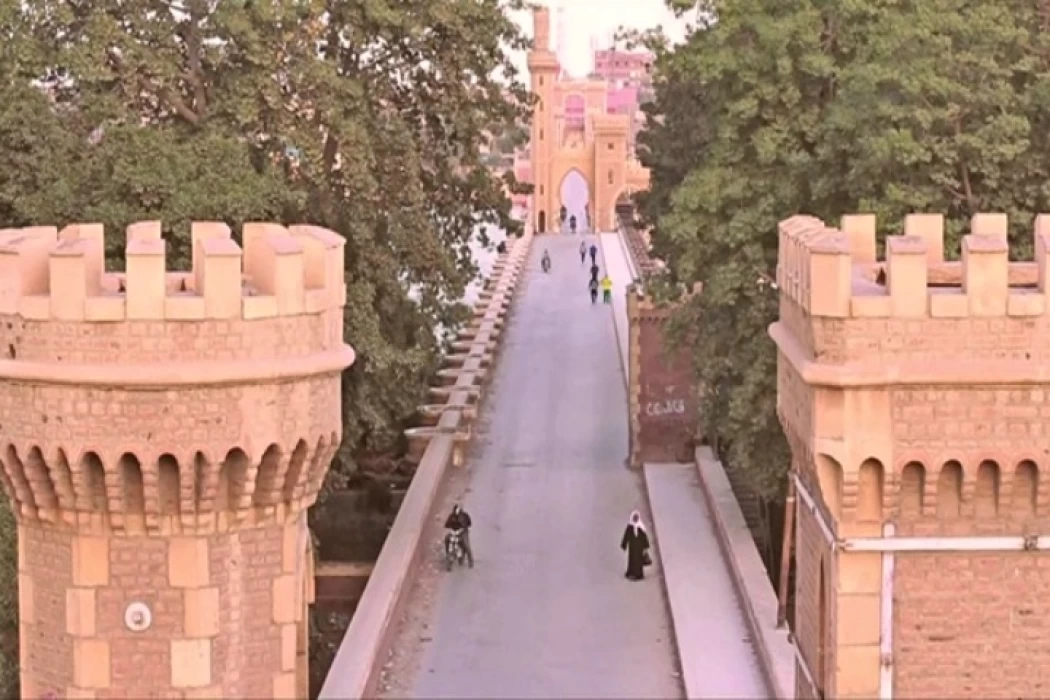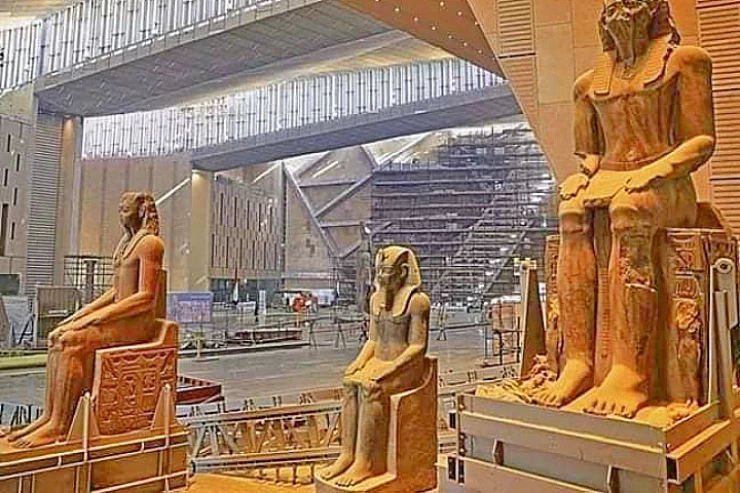
Qaliubiya Governorate Egypt
The logo of the governorate consists of two pillars-arches-a a gear, and the logo indicates the most important activities that characterize the governorate.
National Day
The governorate celebrates the National Day on the thirtieth of August. It is known that this date coincides with the opening of the charity arches in 1868, where tourists and visitors from different parts of the Republic flock to see the landscapes, parks, and gardens that amount to about 500 acres in the city.
Population: the estimated population of the governorate in 2006 is 4,686,804, of which 2,403,978 are males, and 2,282,826 are females. The urban population is 1,997,411, and the rural population is 2,589,393.
The most important thing the province is famous for
The province is famous for its agricultural production of crops, fruits, and vegetables, the most important of which are:
In addition, the governorate has the largest industrial edifice in the city of Shoubra Al-Khaimah, where there are many factories. Considering the governorate's privileged location and its area, it was necessary to expand the educational process, as it includes 12 university colleges, and a total of 56,325 students during 1999/2000, in addition to higher and above-average institutes, and a total of 31,711 students, which indicates the high percentage of university education in the governorate.
The subway that runs from the city of Shoubra Al-Khaimah to within the governorate of Cairo and Giza which led to the ease and smooth flow of traffic in Greater Cairo. Since these projects and industries, whether agricultural or mining, need accurate data and information to contribute to the advancement of the governorate, the establishment of information centers has been expanded at all levels of centers, cities, village local units in the governorate and service directorates to obtain data to help investors and businessmen in carrying out their projects, the number of these centers has reached 75 centers and information.
History
it is in the middle of the southern part of the Delta, its name was in Greek (atrebus) and Coptic (atreb or Tel atreb) and one of the most prominent sons of Qalyubia in the Pharaonic era was Amenhotep of hasbu, who was included until he took over the reins of affairs in ancient Egypt in the contract of Amenhotep III, who honored my funeral for himself is next to the Pharaoh's temple and under his sarcophagus and is inscribed with royal inscriptions similar to the coffins of Kings.
Ptolemaic and Roman era: Qalyubia in the Ptolemaic and Roman eras was the city of Atrubus and the capital of one of the governorates of the eastern delta. It is located in the northeast of the city of Benha at Tel atreb, and Atrubus was a large agricultural, industrial, and commercial center.
In the Islamic era, Qalyubia in the Islamic era belonged to the province of Sharqiya, and in 857 AH 1351 ad, Sultan Al-Nasser Muhammad Bin Qalawun issued a decree separating it from Sharqiya. 933 Ah 1527 ad it was named the Wilayat of Qalyubiya, then the mission of Qalyubiya, in 1833 ad it was named the Directorate of Qalyubiya and its base was the city of Banha, and in 1960 ad it was named the governorate, the city of Benha remained its capital.
Modern era: In modern times, Qalyubia has become a huge fortress of agricultural and industrial production and, formed with the governorates of Cairo and Giza the first region of the Republic, the Greater Cairo region.















